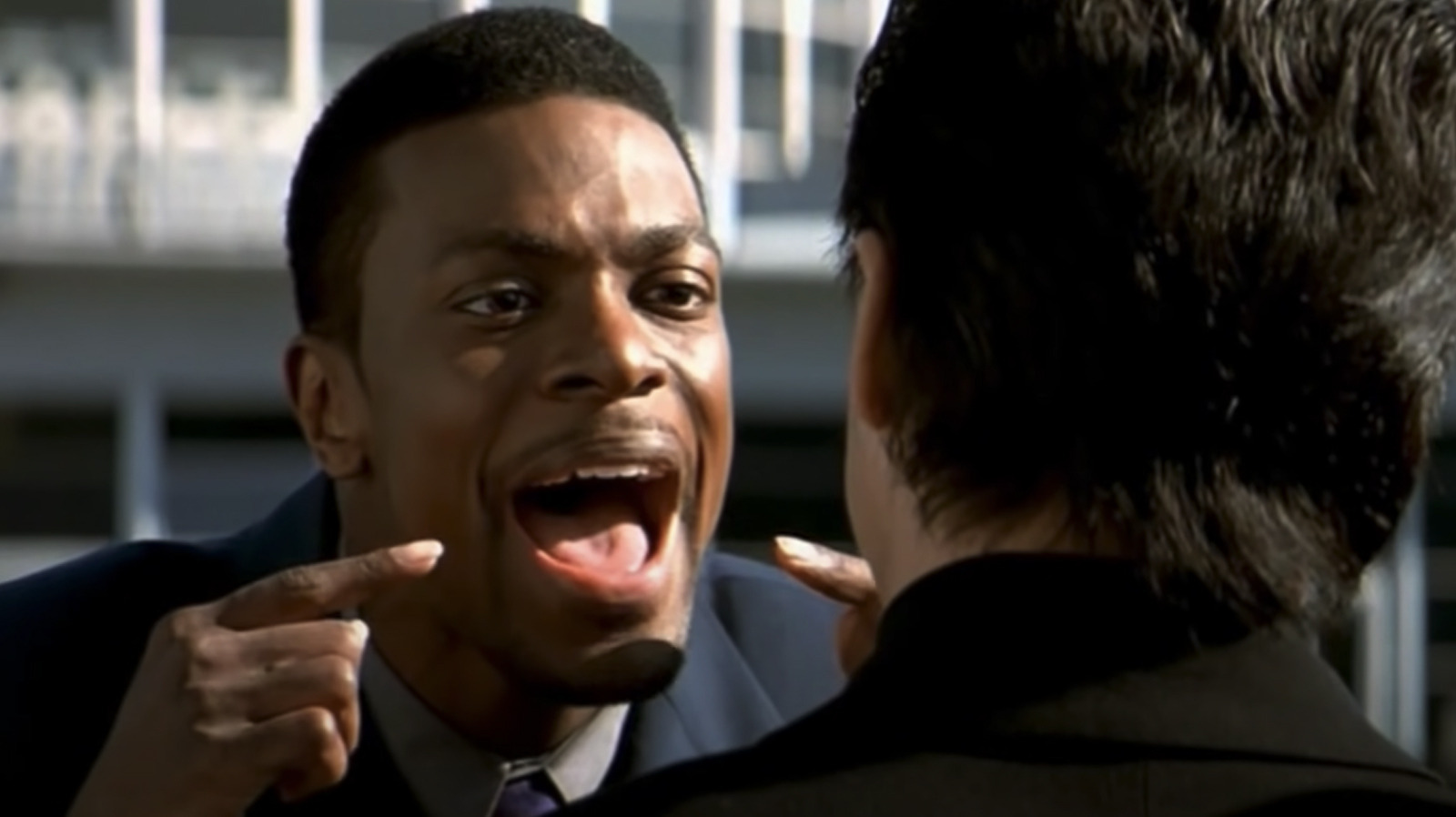What is a "movie sound recordist"? Do you mean the production mixer? A field effects recordist? A recordist? (I've been all of them). A Recordist (IATSE, MPEG Y-9) is a post position, not an on set position. I was one for 8 years. Which post sound editor? The Dialog editor? (I've been that too). What about the Dialog mixer? That's the person who has the most to do with dialog intelligibility but you leave that out of your description. Have you worked in film or is your entire attitude one of consumption and DVD extras on "sound"?Thanks for this. This is what movie sound recordists and post sound editors strive for. None of them, that I know, record and process for effects over intelligibility. It's why they uniformly refer to any captured center channel as the "dialog channel." Dialog is very commonly captured, on set, by a monaural microphone. Later, it is mixed into the tracks.
If the movie viewer cannot clearly understand the actors' spoken lines, the scene audio won't be salvaged by the exact aural image of some footsteps or a passing truck. The Oscar goes for the actors' lines, foremost. The paying audience cares about them.
I agree with you 100% that if the viewer cannot understand the dialog, then the scene cannot be saved by anything else. But you've never heard a center channel with just dialog, and if you did you wouldn't like it. In fact I'd wager you wouldn't be able to believe in the story at all. If I can get it cleared I'll mix you an example. You are right, we don't process for effect over intelligibility (for the most part), but there are times where the show runner wants to obfuscate the dialog because they want chaos over intelligibility as a creative choice. There have been several times during a fire on Chicago Fire, that the dialog of the firefighters isn't as important as conveying the intensity of the scene, at those times the stress of their voice is all that is needed, not the words. The same has been true of scenes in For All Mankind when astronauts or cosmonauts are on radios. I am an FX mixer, so my job is generally to stay out of the way of Dialog, while building the world you hear. If I play my stuff too low you will absolutely have a problem with that mix, and as you noted, if I play it too hot then you can't understand what the actor is saying.
Again, no one in this industry (that I've worked in for two decades) has ever called it a dialog channel. You can look at my IMDB if you want, I use my real name. The reasons that intelligibility has gone down hill are complex and multifaceted, but from experience I can give you an at home test. Go watch old episodes of House in 5.1 (which were mixed natively in 5.1, as most shows of the time were). Those are some of the clearest mixes, in terms of dialog, in a contemporary show, but they were the end of an era. I'm happy to explain why the dialog in that show is easy to understand.
If you are ever out in Los Angeles you are welcome to come by NBCUniversal Studios and I'll show you the stage. You can play with some mixing if you want.
I assure you I was, but I see we are done here. The statement was specific, not all 80s mixes, but the ones made to sound good on car speakers, of which there are plenty and which do not hold up on contemporary playback equipment.That comment suggests you weren't even around in the 1980s. No idea.


